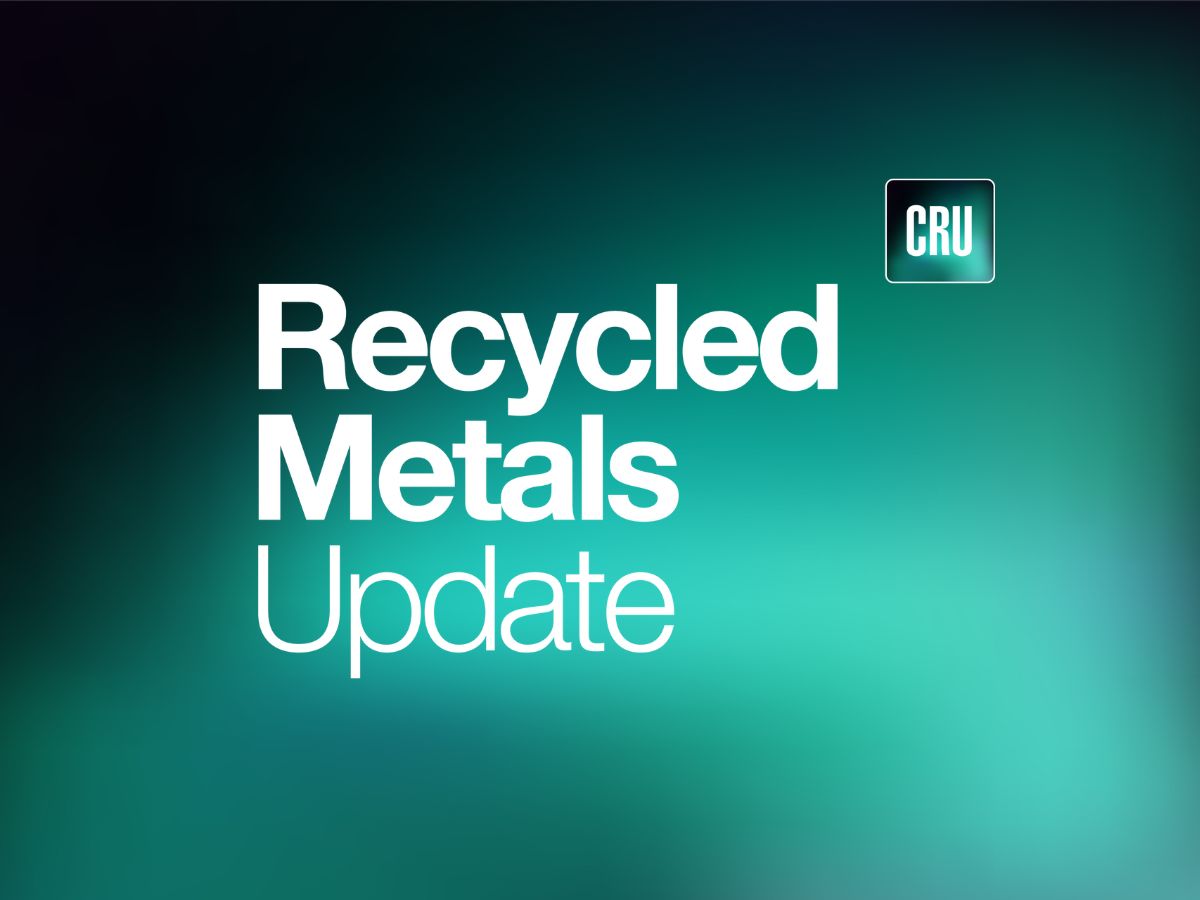Market

August 27, 2024
Recycled metals take center stage amid industry challenges
Written by Stephanie Ritenbaugh & Stephen Miller
The team at Recycled Metals Update (RMU) is in Atlanta at the 13th annual Steel Market Update (SMU) Steel Summit 2024, hosted by our sister publication, SMU. This year’s event set a record attendance with over 1,500 paid attendees, making it the flat-rolled steel industry’s largest annual meeting.
As RMU kicks off the summit, we began the event with a well-attended 30-minute introduction and Q&A session focused on recycled steel, iron scrap, and pig iron. Despite the early hour, the turnout was impressive, reflecting the high interest in the role of recycled metals in the steelmaking process.
Of course, one recurring discussion so far has been the price of ferrous scrap, which is under pressure due to oversupply and soft demand for finished steel. When will prices recover? Many industry participants are cautiously optimistic about a potential recovery in the fourth quarter, traditionally a stronger time of the year for scrap buying. But some folks are banking on 2025.
Still, recycled metals are an important component of steelmaking, and the forecast for electric arc furnace (EAF) capacity speaks to future demand for scrap. And Barry Schneider, President and COO of Fort Worth-based Steel Dynamics Inc., (one of North America’s largest recyclers) spoke to the cost efficiency of EAFs in a session on Monday. One cost advantage to EAFs? They can be turned on and off.
“A blast furnace has to be — they’re on or they’re costing a lot of money,” he said. Blast furnaces may make iron cost effectively, but it also means a high price tag as the supply chain has a lot of carbon and a lot of energy, he noted.
You can read more about what he said in our article: Summit 2024: SDI sees return on recycling.
As RMU further engaged with various industry participants, it became clear that many are concerned about the ongoing decline in the U.S. scrap market, particularly as we head into September. One key question raised was why invest in equipment and technological advancements when existing users aren’t providing enough orders? This concern reflects the broader uncertainty in the market as suppliers strive to maintain reliability in the face of declining prices.
Looking back, the industry saw a similar situation last year, which ended in a significant price rise in December and a strong market early this year. Whether we will see a repeat of this pattern remains to be seen, but the setup seems familiar. The industry appears poised for more trade restrictions potentially leading to increased domestic capacity. This could, in turn, boost demand for scrap as new mills come into play.
Despite the challenges, the steel industry continues to benefit from several advantages, including supportive trade policies. However, along with RMU, Summit participants are eager to understand the factors behind the current lack of steel demand. A clearer explanation would help align our efforts with the industry’s need.
In a closely watched election year, folks couldn’t help but talk about the presidential race and which candidate will be better for the steel industry. Both Joe Biden and Donald Trump enacted protectionist policies against Chinese imports. And a lot of folks think Kamala Harris, the Democratic candidate, will do the same.
Stay tuned for more updates from the SMU Steel Summit.

Stephanie Ritenbaugh
Read more from Stephanie Ritenbaugh




